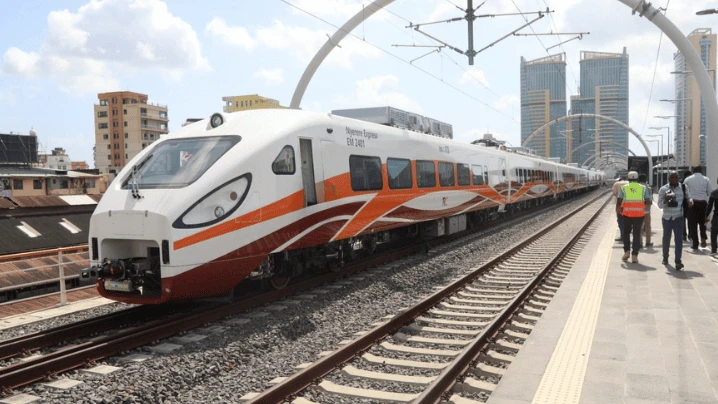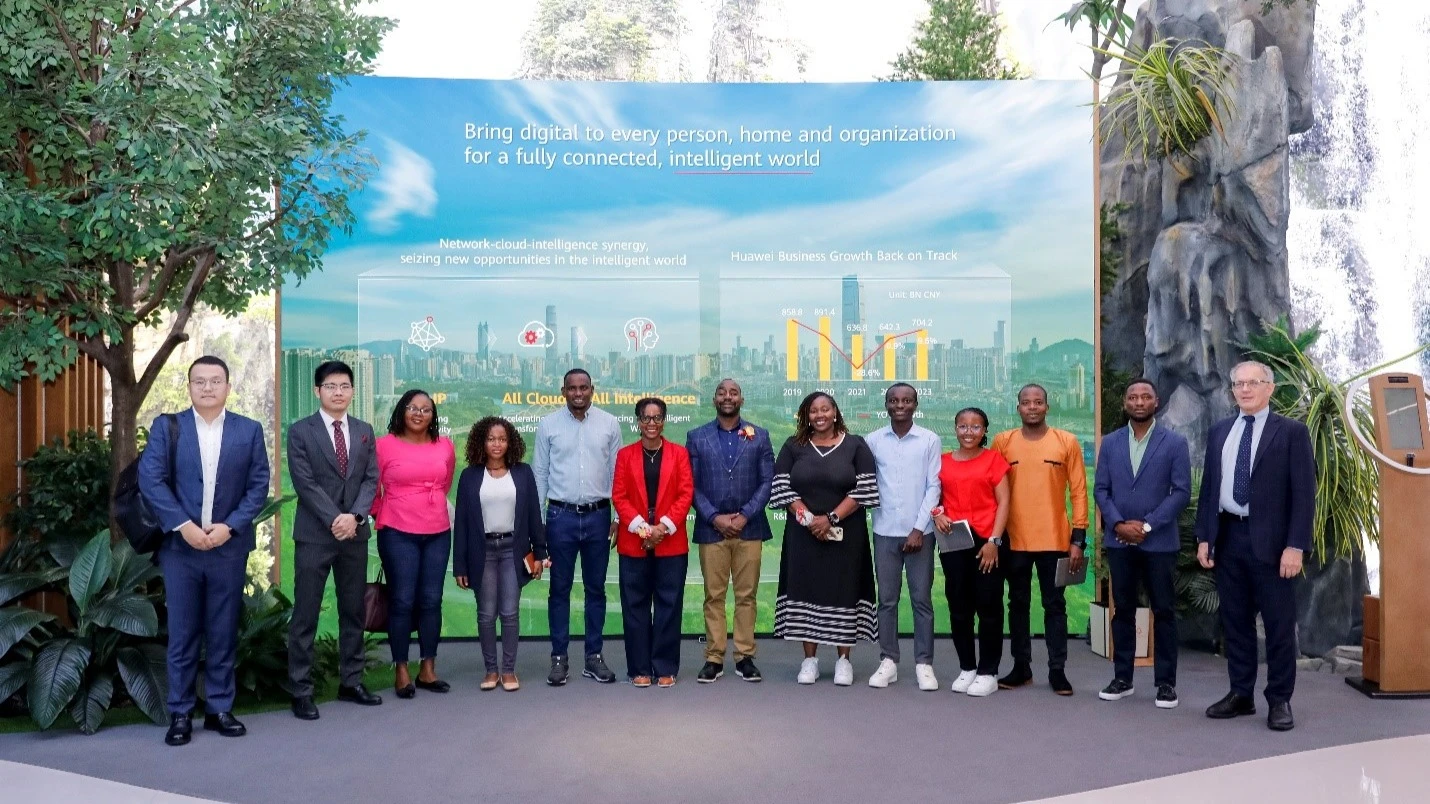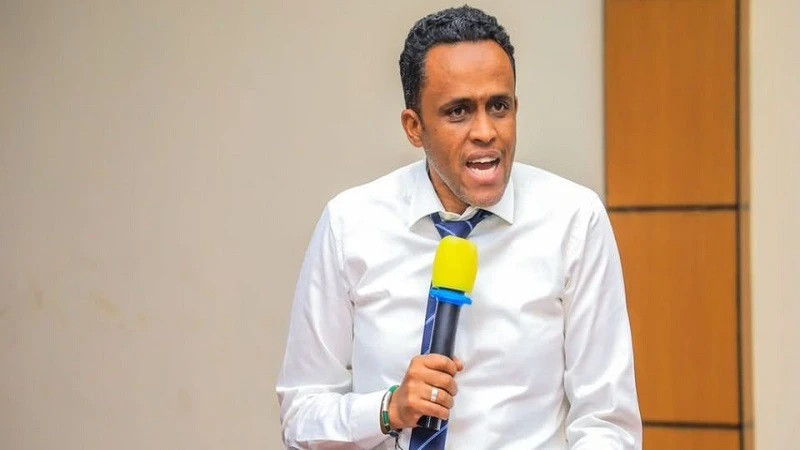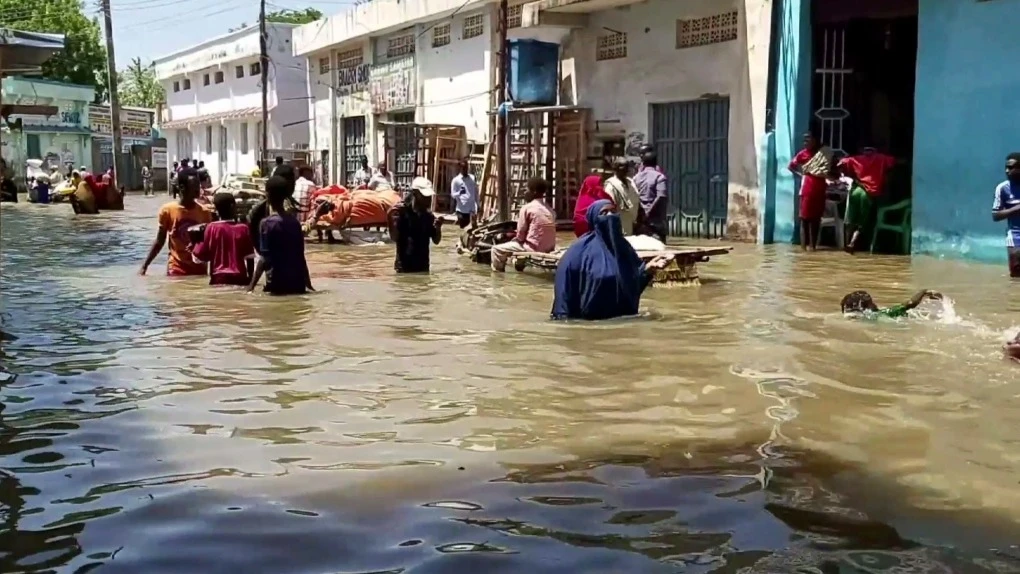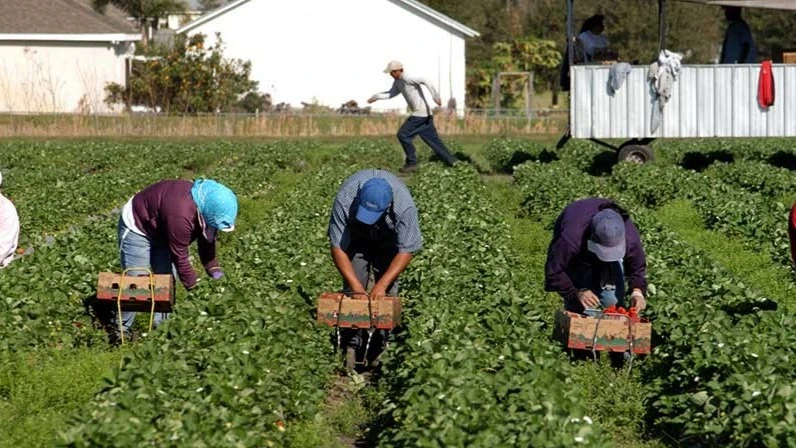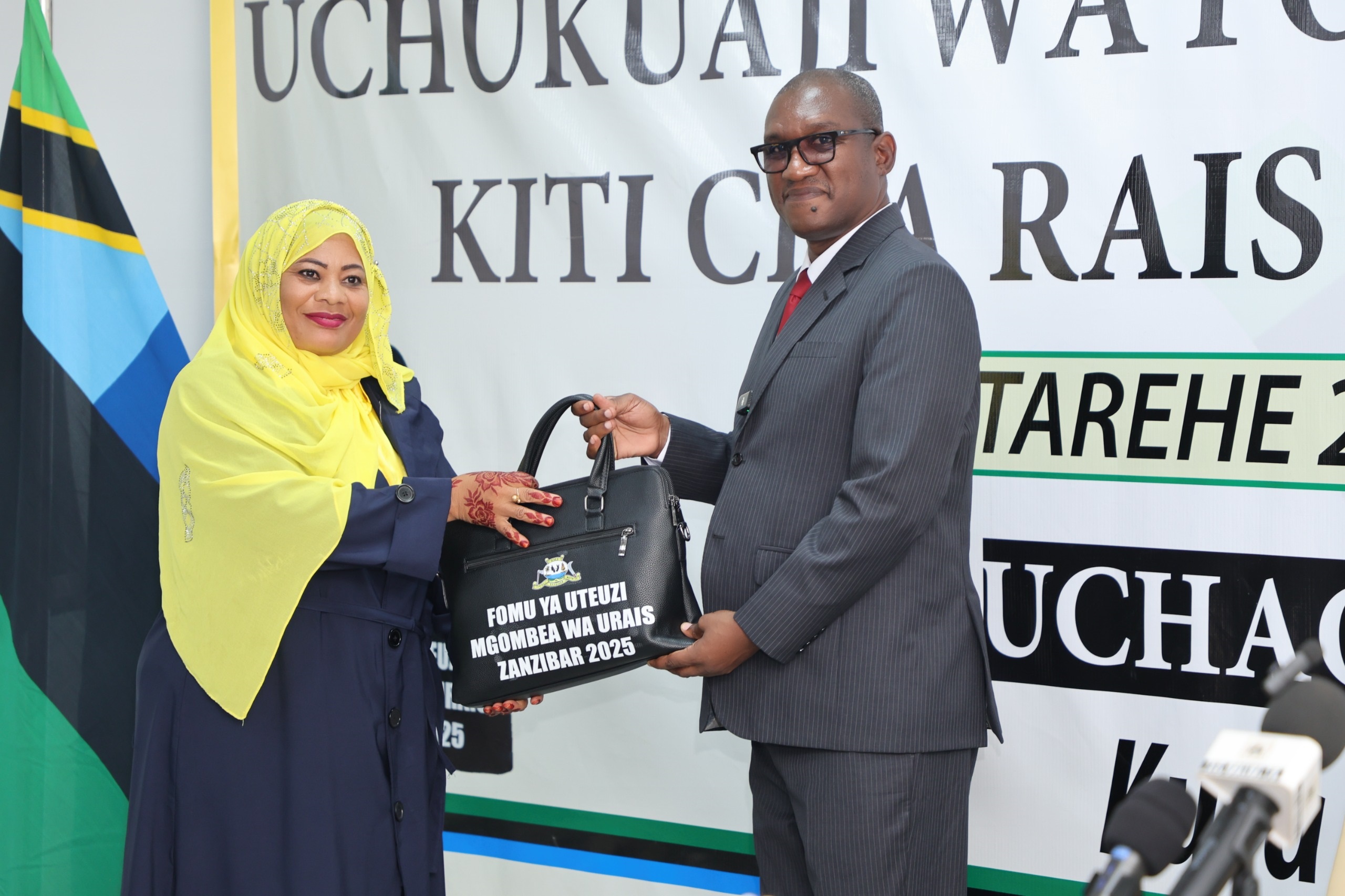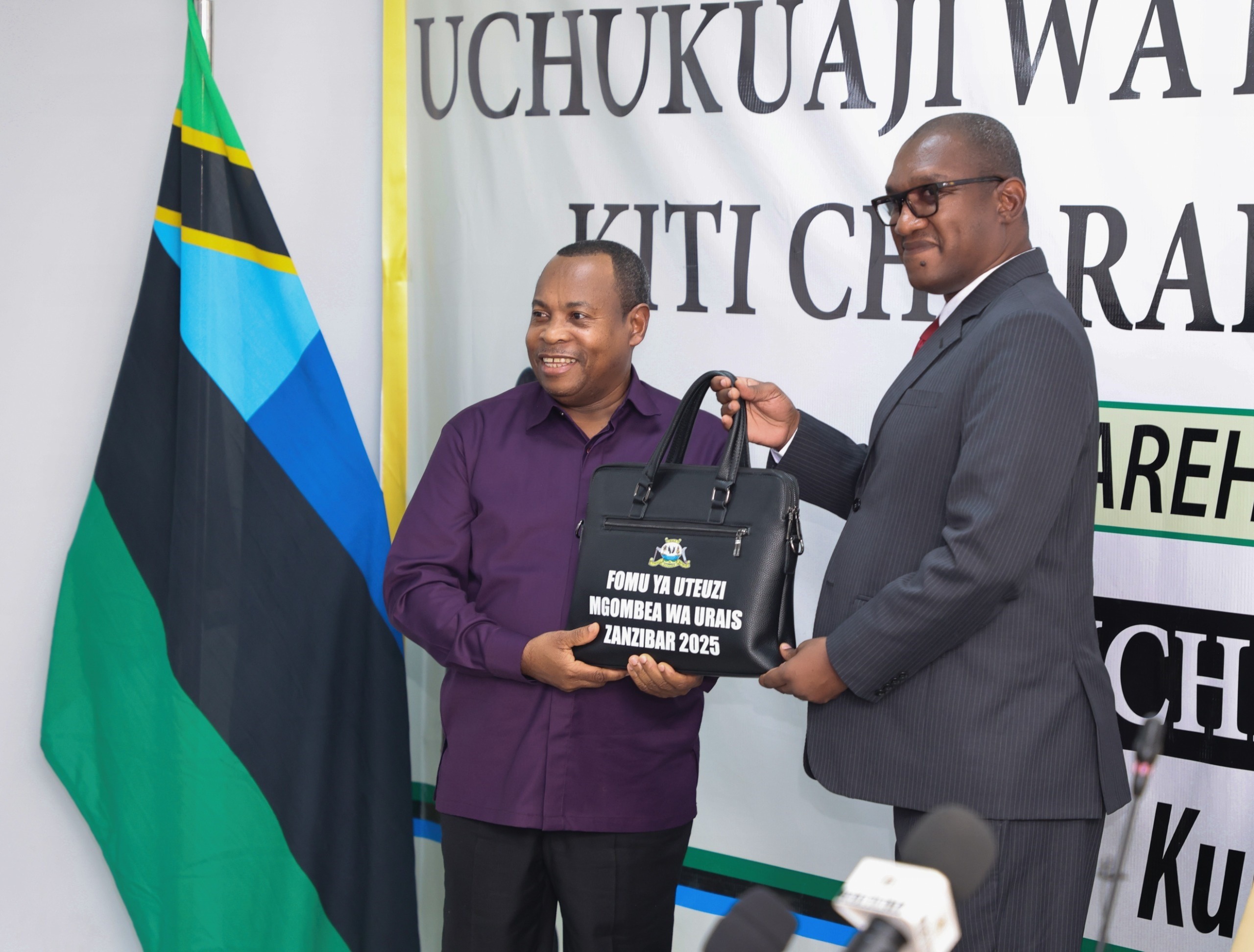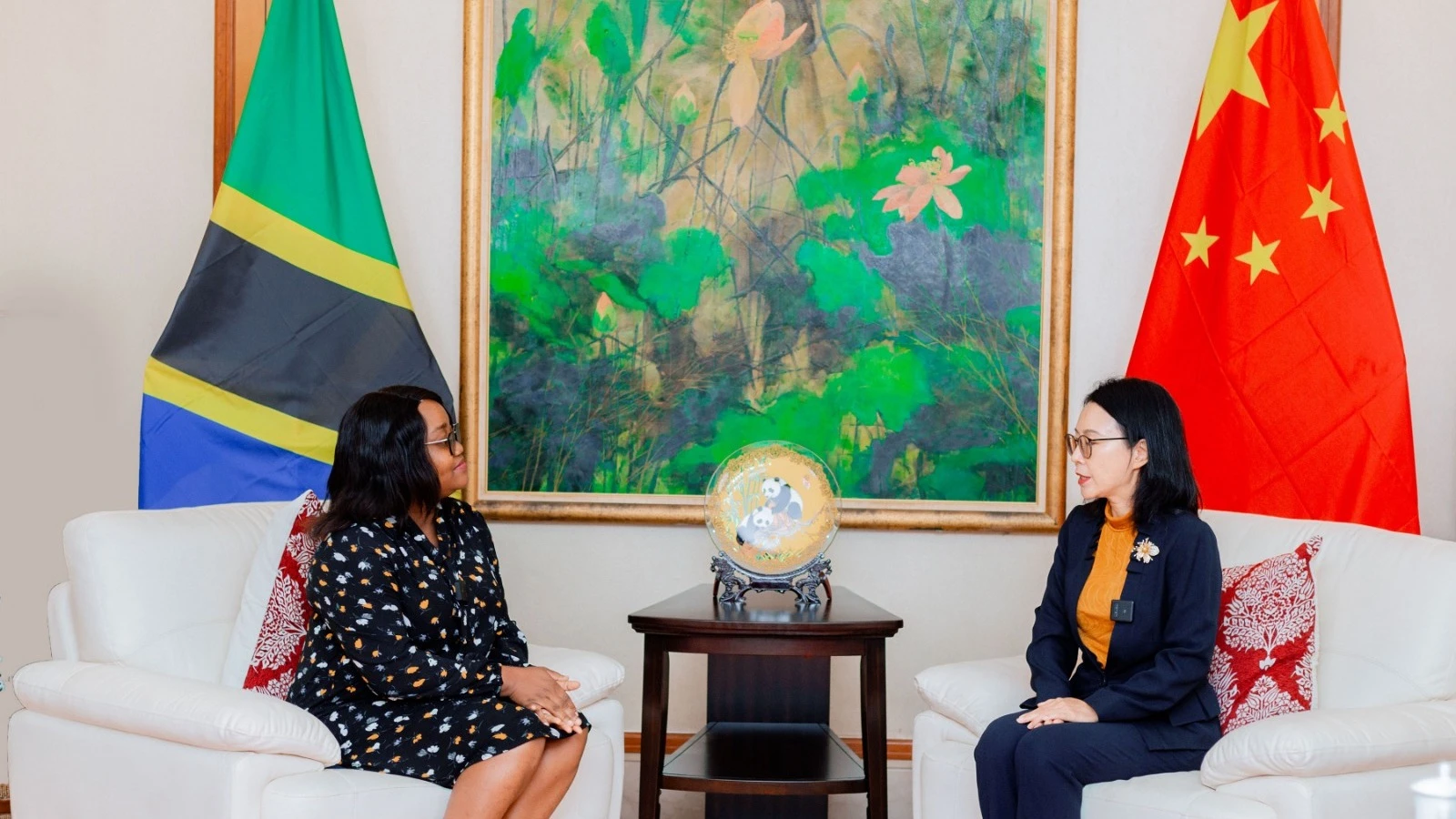SBS expands core banking tech to spur microfinance growth in Africa
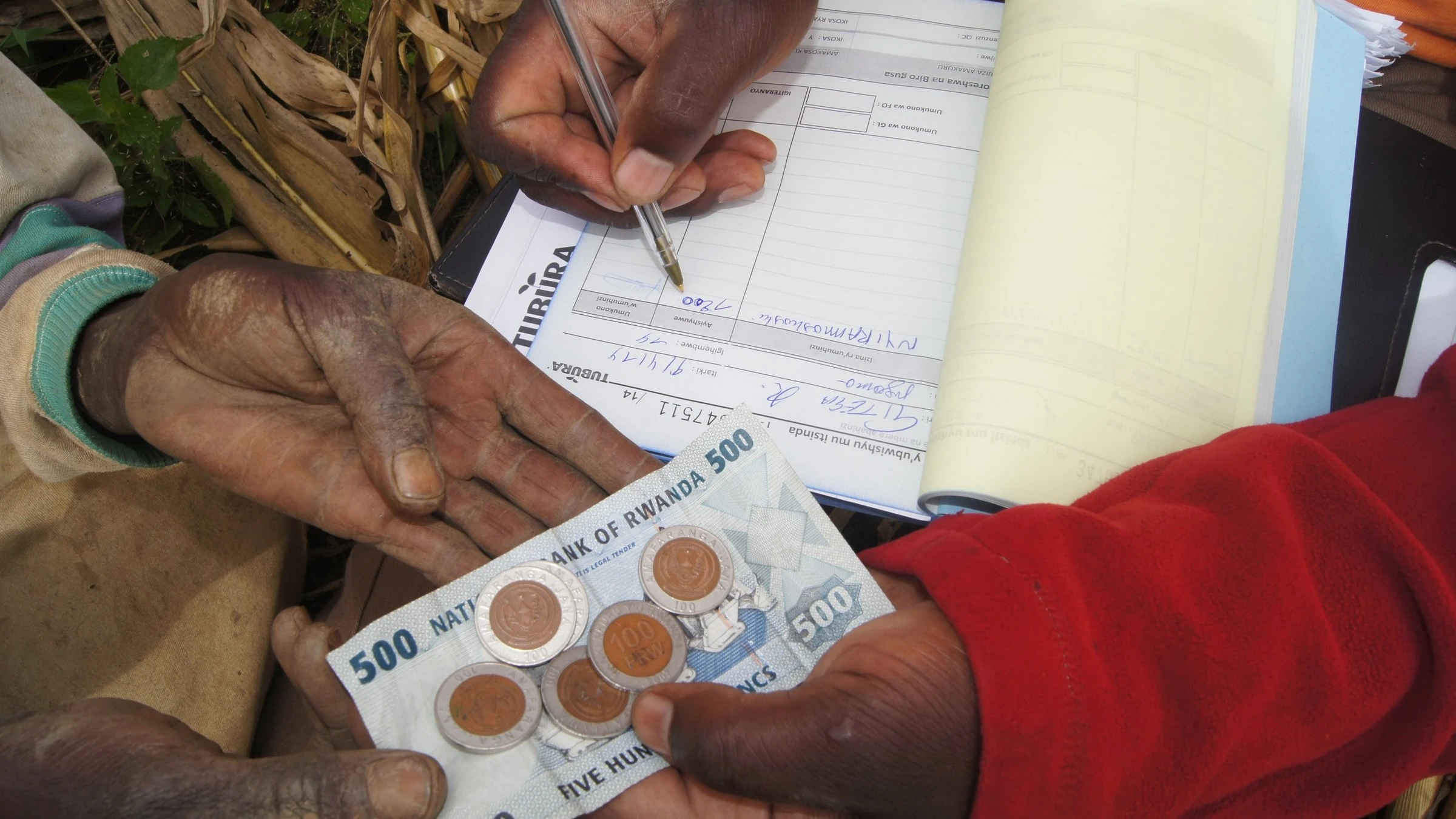
SBS, Solaris Banking, Core Banking, SBP Core Amplitude, Fintech, AfricaSBS, a global financial technology provider, has announced the expansion of its core banking platform, SBP Core Amplitude, to better serve the needs of microfinance institutions (MFIs) across Africa.
Already trusted by over 220 institutions—including KCB Group, BGFI Bank, Orabank, Coris Bank, and microfinance networks such as Advans and Scolaris Finance—the enhanced solution will now support smaller-scale financial operations, such as microloans, payments, and savings products. The move aims to help MFIs comply with local regulations, scale efficiently, and drive financial inclusion across underserved communities.
Microfinance plays a vital role in expanding access to banking services in Africa, where over half the population remains unbanked. The global microfinance industry is expected to surpass $300 billion by 2026, with much of that growth driven by increased demand in emerging economies.
SBP Core Amplitude offers a unified core banking system with real-time data insights, 24/7 service availability, and seamless integration across mobile, web, and API interfaces. It allows financial institutions to centralise operations and expand their service offerings over time, helping them stay agile and responsive to customer needs.
Key benefits for microfinance providers include rapid deployment timelines for faster market entry, built-in compliance with local regulatory frameworks and scalable architecture that supports institutional growth.
According to Camil Bennani Smires, General Manager of SBP Core Amplitude at SBS, the platform’s expansion will strengthen SBS’s reach among new and existing microfinance clients in 17 African countries. The initiative also aligns with the company’s broader mission to support financial institutions working to advance social goals such as education, agriculture, entrepreneurship, and women’s empowerment.
As SBS deepens its footprint in Africa’s microfinance sector, it aims to provide the digital backbone for institutions, enabling more inclusive and sustainable economic growth.
Microfinance in Africa plays a vital role in advancing financial inclusion, especially for low-income households, smallholder farmers, and informal sector businesses who are typically excluded from traditional banking systems.
Over the last two decades, microfinance in Africa has expanded significantly, evolving from small community-based lending groups to a structured financial subsector reaching millions across the continent.
The biggest game-changer in Africa’s microfinance journey has been mobile technology. Mobile money platforms such as Kenya’s M-Pesa, Tanzania’s Tigo Pesa, and MTN Mobile Money in West Africa have allowed MFIs to reach rural and remote clients who were previously unbanked. Customers can now borrow, repay, and save using simple feature phones—eliminating the need for traditional banking infrastructure.
Fintech partnerships have also introduced alternative credit-scoring models that use mobile phone usage data, airtime purchases, and even social media activity to assess loan eligibility. These tools help MFIs reduce risk and extend services to previously excluded demographics, including youth and small-scale farmers.
In East Africa, Kenya leads the region with a robust microfinance ecosystem supported by a thriving mobile finance sector. The country is home to more than 170 deposit-taking savings and credit cooperatives (SACCOs) and dozens of MFIs. In neighboring Tanzania, players like FINCA, BRAC, and VisionFund have expanded their presence, targeting underserved areas through both group lending and digital models.
West Africa is witnessing similar momentum. Nigeria, Africa’s largest economy, has seen the growth of microfinance banks such as LAPO and Accion, while Ghana and Senegal are integrating microfinance into broader national financial inclusion strategies.
Despite the progress, the sector faces ongoing challenges. These include high operational costs, client over-indebtedness, regulatory inconsistencies, and limited access to sustainable capital. Moreover, many institutions lack the digital infrastructure and skilled personnel needed to scale operations efficiently.
Top Headlines
© 2025 IPPMEDIA.COM. ALL RIGHTS RESERVED



